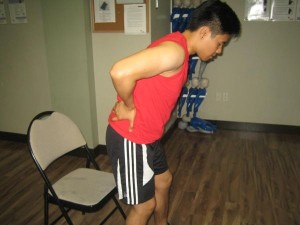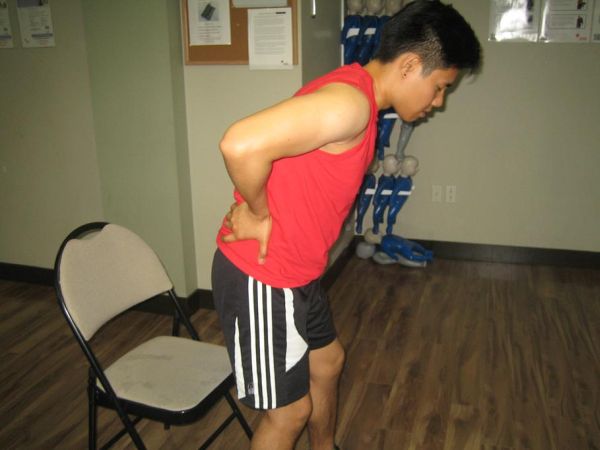Aortic dissection is a serious medical condition.
It is the splitting of the aorta walls, which usually begins as a small tearing that can become a larger tear. This may result to bleeding into and along the wall of the aorta. The aorta is the main artery that carries the oxygen-rich blood from the heart to the rest of the body. Aortic dissection may occur to anyone at any age, but it is most common in men between ages 40 to 70.
When it exits the heart, the aorta initially moves up through the chest to the direction of the head, called the ascending aorta, then arches or bends, and ultimately moves down through the chest and abdomen, called the descending aorta.Damage or tearing usually occurs to the inner wall of the aorta, commonly in the thoracic section of the artery, but may also in the abdominal region of the artery.
The tear will create two channels, the first is where the blood will remain, while the other is where the blood will continue to travel. If the former continues to increase in size, it can add pressure to the other branches of the aorta. Consequently, the affected branches will narrow and decrease flow of blood through them. In some cases, aortic dissection can lead to aortic aneurysm.
Risk Factors for Aortic Dissection
The exact cause of aortic dissection remains unknown. However, certain factors are known to increase risks of developing aortic dissection, which include:
- Atherosclerosis
- High blood pressure (hypertension)
- Blunt trauma to the chest
- Narrowing of the aorta
- Bicuspid aortic valve
- Heart surgery or procedures
- Connective tissue disorders
- Pregnancy
- Aging
Signs and Symptoms of Aortic Dissection
Symptoms typically manifest abruptly. Pain is sometimes likened to a heart attack. Symptoms usually include:
- Sharp, stabbing, ripping or tearing chest pain that:
- May begin beneath the chest bone and spread to under the shoulder blades or to the neck
- May also radiate to the jaw, neck, shoulder, arm, abdomen or hips
- May move to the arms and legs upon aggravation of aortic dissection
- Other symptoms:
- Pale, clammy skin
- Dyspnea
- Nausea and vomiting
- Fainting or dizziness
- Quick, weak pulse
- Anxiety
- Difficulty swallowing
- Symptoms similar to stroke

Treatment for Aortic Dissection
There are two main types of aortic dissection, which differ in treatment. However, both types have high mortality rates. At first signs of aortic dissection, do not delay calling emergency medical services. If there is another person, have them call. Do not leave the casualty alone at all times until the paramedics arrive.
- Type A:
- Involves the ascending aorta and arch
- Requires surgical treatment
- Type B:
- Involves the descending aorta
- May be treated with medications or surgical treatment
- If necessary, commence CPR immediately.
- Make the casualty as comfortable as possible.
- Do not panic and reassure the casualty that help is on the way.
It is very important to learn how to recognise symptoms of medical emergencies. To learn how to give proper CPR in cases when there is a medical emergency, such as aortic dissection, sign up for CPR Courses with workplace approved Training available all over the country.
Sources:
Aortic dissection.(2012). National Institutes of Health. Retrieved on October 6, 2013, from Aortic dissection
Stoppler, Melissa C. (2012).Aortic Dissection.WebMD.Retrieved on October 6, 2013, from Stoppler, Melissa

